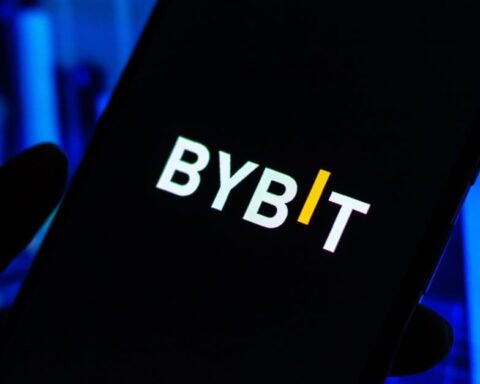Eli Ben-Sasson, CEO of StarkWare, announced at EthCC on July 10 that StarkWare plans to introduce staking by the end of 2024 through a Starknet improvement proposal (SNIP).
If the community approves the SNIP, staking is expected to go live on testnet soon, with a mainnet launch projected for the fourth quarter.
A GitHub repository for the staking feature will be publicly accessible during its development.
In a written Q&A with Cointelegraph, Ben-Sasson explained that staking would allow Starknet tokenholders to “participate in core activities of a decentralized network.”
He added, “Over time stakers will gradually receive more responsibilities, with rewards conditioned on performing these responsibilities.
“After a PoS protocol has been fully implemented, stakers will be the key entities that maintain and operate Starknet.”
The SNIP will permit users to become stakers if they hold the minimum staking amount or delegate to an existing staker.
Participants in staking, either directly or through delegation, can expect proportional rewards based on their stake.
Rewards will follow the minting curve proposal, which was well-received by the Starknet community when published in February.
The proposal suggests that higher total minting rates will result from more tokens staked, but individual staking rewards will decrease as a percentage of the staked amount.
READ MORE: Singapore High Court Orders Multichain to Compensate Fantom Foundation $2.187M for Hack Losses
Ben-Sasson explained, “The core idea of the minting curve mechanism is to strike” a balance between encouraging participation and keeping inflation in check, “and ensuring enough STRK tokens are available” for other network activities.
Starknet staking will be rolled out in stages.
Initially, stakers will need to connect to Starknet, interact with staking contracts, and follow protocol staking rules.
They will be expected to run full nodes to prepare for validation activities.
During this phase, the StarkWare team, Starknet Foundation, and the community will analyze on-chain staking data to refine parameters for subsequent updates.
Later stages will require stakers to provide real-time attestations and perform proving and sequencing activities to secure the network.
Regarding future governance, Ben-Sasson stated, “Staking power will, in due course, enable voting power, ensuring that those who are actively contributing to the network have a say in its direction and decisions.”
On May 28, the Starknet Foundation announced it would distribute 20 million Starknet (STRK) tokens to the most advanced projects on the network.
Diego Oliva, CEO of Starknet Foundation, told Cointelegraph that the team considered a “range of metrics” for the distribution as part of its Catalyst program, which aims to accelerate the development of Starknet’s Ethereum layer-2 solution based on zero-knowledge rollup technology.
To submit a crypto press release (PR), send an email to sales@cryptointelligence.co.uk.




